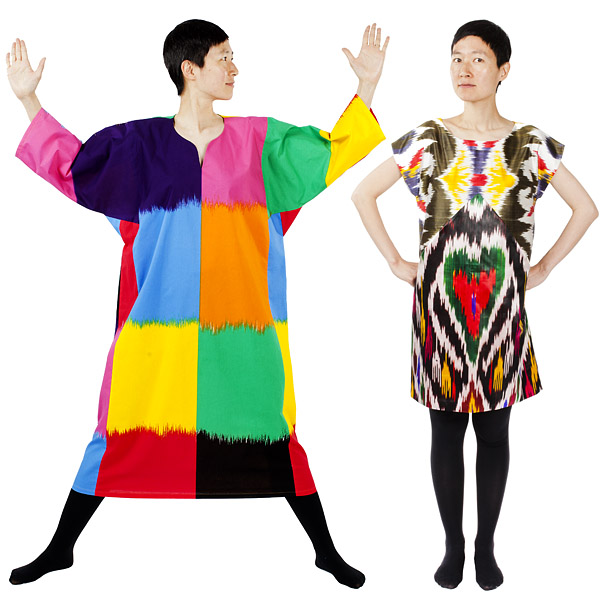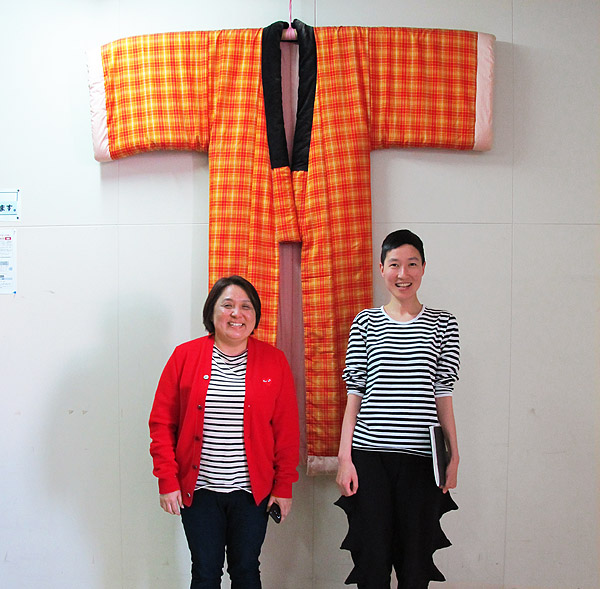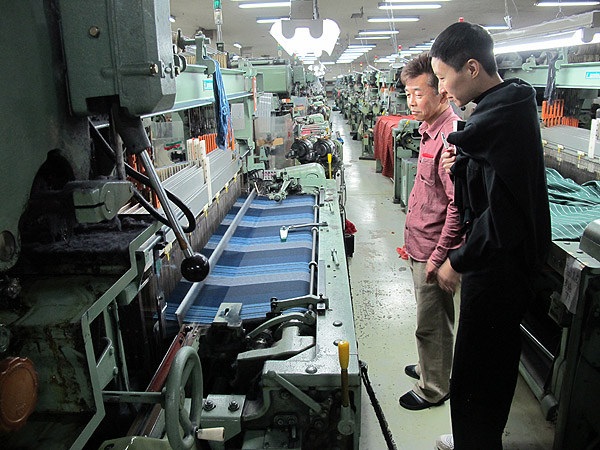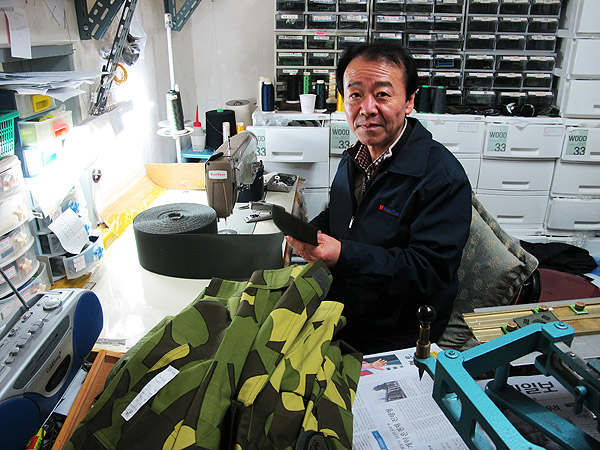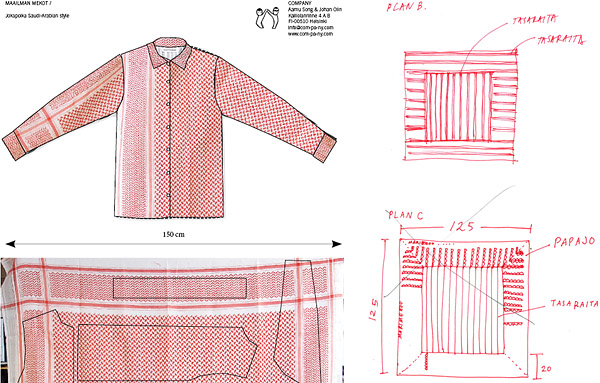
Maailman Mekot / Global Dresses in Contemporary Art Museum KIASMA.
In the exhibition ’Kimpassa / Together’, Finnish art, design and fashion get together at the Museum of Contemporary Art Kiasma. Sixteen artists and designers were invited to create new works for the exhibition produced by Marimekko and Kiasma.






